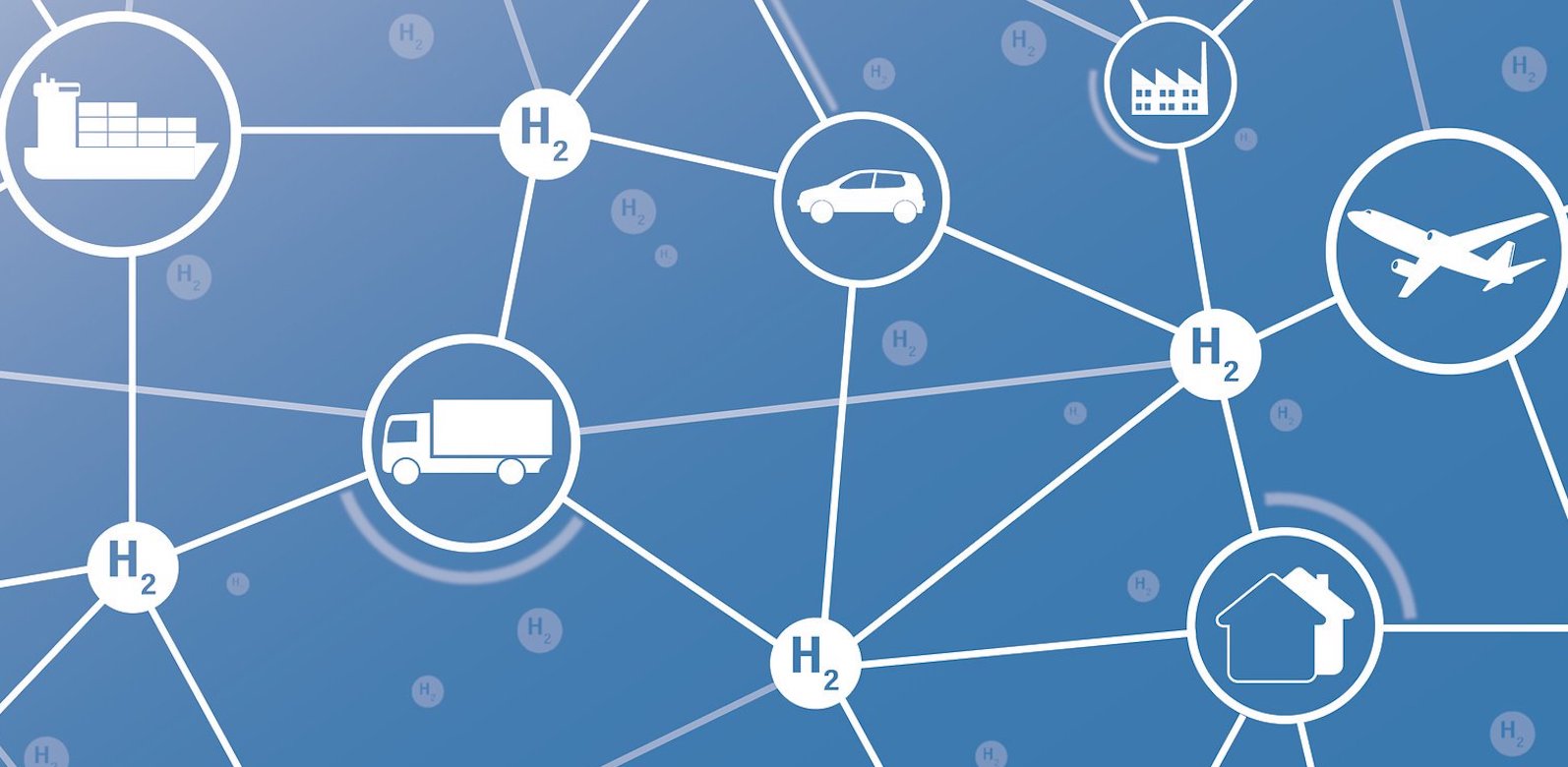Resilience Analysis of Hydrogen as a Low-Emission Fuel
The new research project arising from Future Resilient Systems aims to enhance the safety and resilience of using hydrogen as a fuel, including storage, prediction and prevention of disruption, and recovery.

The project was completed in September 2022.
In 2015, Singapore pledged to reduce greenhouse gas emissions by 36% from 2005 levels by 2030 and to achieve net-zero emissions around 2050, which calls for clean energy with low carbon emissions. In recent years, hydrogen has attracted increasing attention as a viable low-emission fuel, and different applications of hydrogen fuel have been implemented at small scales.
However, a series of technical challenges – including storage, transport, and safety – needs to be resolved in the adoption of hydrogen fuel at a larger scale. Hydrogen leaks from high-pressure tanks could disperse into the atmosphere, risking hydrogen combustion or even hydrogen detonation should the hydrogen concentration in the air reach flammability limits. The destructive nature of hydrogen detonation would result in disastrous consequences on surrounding lifeline infrastructure, which therefore, need to be resilient against such hazards.
Predicting hydrogen dispersion, ignition and detonation accurately is challenging and requires high model accuracy and better quantification of the interactions between chemical reaction and gas dynamics. In case of hydrogen explosion, a resilience framework to guide recovery is crucial for better situational awareness.
The project “Resilience analysis of hydrogen as a low-emission fuel: Disruption prevention, prediction and recovery” aims to enhance the safety and resilience of using hydrogen as a fuel. This project will provide a comprehensive resilience evaluation and improvement strategy for the use resilience of hydrogen energy in the industry. This includes optimal storage site selection, disruption prediction through combustion simulation, and recovery optimization of lifeline infrastructure system.
This 18-month project is organised in three main tasks:
- Hydrogen dispersion by air flow at storage locations: Evaluate ventilation conditions of different storage locations to determine the best storage location for hydrogen gas to minimize the concentration of gas, so as to avoid detonation.
- Hydrogen combustion and flame inhibition: Predict the process of hydrogen ignition and transition into detonation and determine the safety envelope for hydrogen ignition. Propose environmentally friendly solutions to inhibit hydrogen flames based on ultra-fine water mist system.
- Recovery process: Study the infrastructure layout design (pre-disruption), and the optimal recovery sequence when a disruption occurs (post-disruption), leading to two-stage stochastic or robust optimization formulations. Propose novel probability and optimization models to guide the optimal recovery sequence of lifeline infrastructure.
The success of this project would lay a solid foundation on the system-level understanding and improvement of the safety of hydrogen usage. The output will provide scientific evidence for the feasibility of widespread hydrogen adoption and application in Singapore.
The project started in March 2021 as an Intra-CREATE project, funded by the National Research Foundation Singapore, Prime Minister’s Office, under its CREATE programme. The project, hosted by the Singapore-ETH Centre (SEC), is conducted in collaboration with the National University of Singapore (NUS).